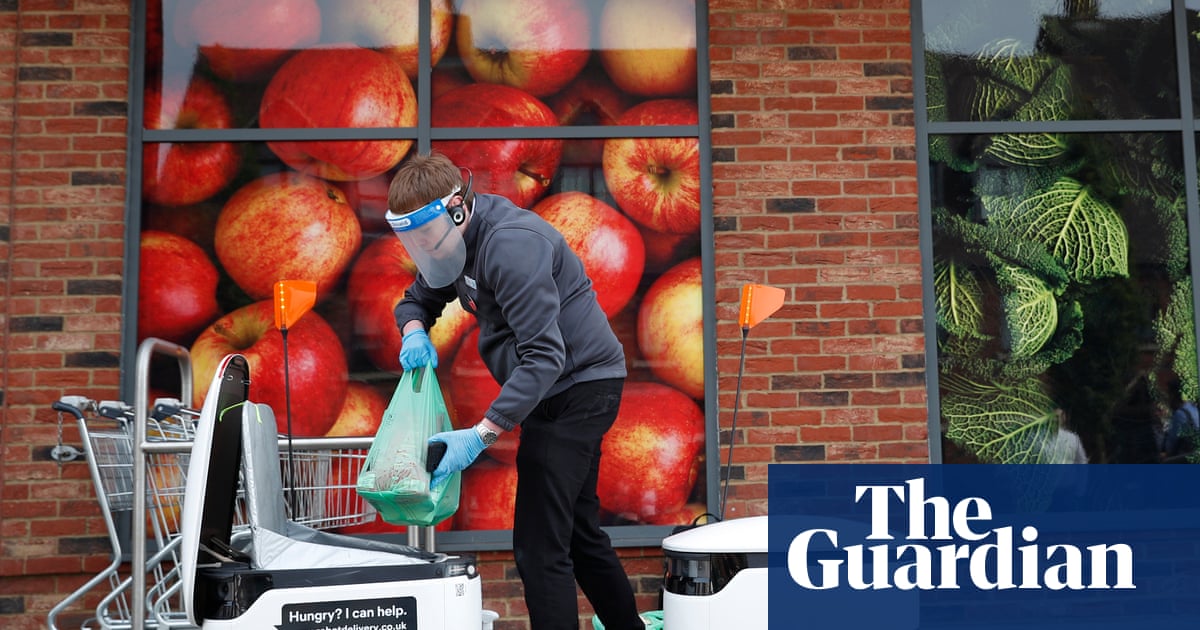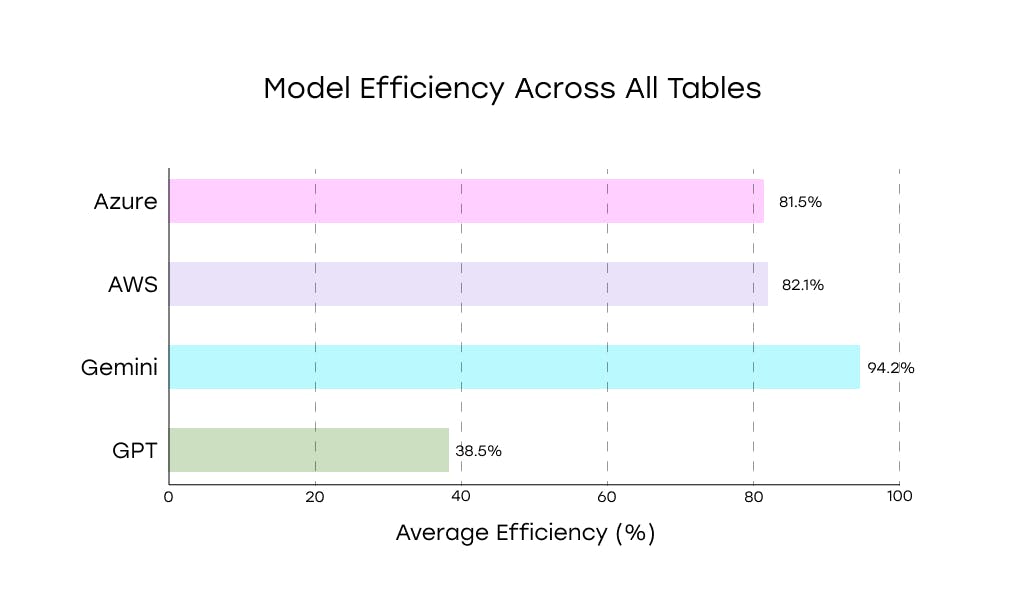Robots zipping down footpaths may sound futuristic, but they are increasingly being put to work making deliveries around the world – though a legal minefield and cautious approach to new tech means they are largely absent in Australia.
Retail and food businesses have been using robots for a variety of reasons, with hazard detection robots popping up in certain Woolworths stores and virtual waiters taking dishes from kitchens in understaffed restaurants to hungry diners in recent years.
Overseas, in jurisdictions such as California, robots are far more visible in everyday life. Following on from the first wave of self-driving car trials in cities such as San Francisco, humans now also share footpaths with robots.
Likened to lockers on wheels, companies including Serve Robotics and Coco have partnered with Uber Eats and Doordash, which have armies of robots travelling along footpaths in Los Angeles delivering takeaway meals and groceries.
Delivery robots have also been delivering food for years in Europe, with cities in Sweden, Finland and the United Kingdom being among places where customers can use food delivery apps to order a robot to bring them their order.
However, autonomous delivery robots are largely absent from the Australian market.
Legal ‘minefield’
One of the biggest hurdles standing in the way of the technology spreading in Australia is the legal status and safety concerns of delivery robots.
When Australia Post trialled a robotic “mobile parcel locker” in Brisbane in 2017, its usefulness was questioned due to the requirement it be escorted by a human at all times and could only carry one parcel at a time.
Unlike food delivery by drone – a technology for which trials have been greenlit and has been serving airspace in parts of Melbourne and south-east Queensland for years – robots’ status in law is unclear.
Robots fall into a grey area in the already scattered and varied road and footpath laws of different states and councils across the country, said Christine Eldridge, a solicitor at Shine lawyers who works on cases related to motor vehicle accidents.
Eldridge likened the regulatory status of delivery robots to that of e-scooters.
A lack of provisions for how these new vehicles can be legally used, be it e-scooters, robots or other devices that don’t meet the legal definition of a motor vehicle, means the technologies are largely banned by default in public except in a few council areas with trials in place.
“Legislation in respect of compensation claims and responsibility, for example, doesn’t really contemplate robots. The laws don’t keep pace with technology,” she said.
“It’s a bit of a minefield” Eldridge said.
Hussein Dia, a professor of future urban mobility at Swinburne University, agrees that current laws are unclear, something which makes companies hesitant to bring delivery robot technologies to Australia.
“There isn’t anything in law to say they are allowed, but there’s also nothing saying they’re banned,” Dia said.
The commonwealth government is formulating a legal and regulatory framework for autonomous vehicles more broadly, including for passenger-carrying self-driving cars, with laws expected in 2026.
Dia is hopeful that authorities “do a little bit more risk taking” in what they unveil, to help Australia catch up on progress overseas and to “demystify” the technology for other road and footpath users.
“The evidence is they’re quite safe.”
Establishing zones where autonomous vehicles and robots can operate next to pedestrians and motorists requires detailed preparation – mapping streets, footpaths, and changes in topography.
Additionally, with food robots, they are forced to stick to low speeds, such as under 10km/h, and have an array of sensors onboard to sense obstacles and other hazards which, if detected, will stop the device in its tracks.
Reducing pollution, traffic, and labour costs
Once the obstacles are overcome, delivery robots can bring serious benefits.
“In inner-city areas, they can replace cars that pollute and contribute to traffic and take parking.”
Prof Michael Bell, of the University of Sydney’s Institute of Transport and Logistics Studies, believes the use case for delivery robots in Australia is behind that in overseas cities with greater population density and easier terrain to navigate. Instead, agriculture and mining are the industries leading the way for robotics in Australia, he said.
Delivery robots’ appeal lies in cutting labour costs and boosting efficiency in more certain and controlled environments, such as meeting couriers at the entrance to high-rise buildings to save them navigating elevators, or transporting food across university campuses.
“Couriers are expensive, so I think there is an economic driver here. Anything that can reduce courier kilometres or hours is going to be attractive,” Bell said.
Kate Letheren, an associate professor at the Australian Catholic University’s Peter Faber business school, predicts robots will lead to cheaper delivery options.
“We may eventually see decreases or perhaps tiered service offerings based on whether items are delivered by ground transport, air transport, a human, or a human augmented by technology,” she said.
“What we’ll likely see first is increased value for customers, not necessarily in terms of price but in addressing common consumer annoyances around delivery,” she said.
The new technology could also bring challenges. By making deliveries cheaper and more accessible, both through robots and drones, researchers have predicted Australians are set to eat more junk food, with implications for public health.
Local innovation
The blurry legal status of delivery robots in Australia hasn’t stopped local innovation, with startups instead focussing on establishing the technology in private environments.
A team of student engineers from the Monash University’s Connected Autonomous Vehicle team has developed a delivery robot specifically designed for defined areas such as campuses, industrial parks, shopping centres and hospitals.
The robot, named Ari, is about one metre wide and tall, and relies on setting up a series of camera-like sensors across a specific area to travel at a speed of up to 6km/h.
Ari relies on communicating with these sensors to move from a restaurant – where an employee loads an order – to a customer, as opposed to needing a constant internet connection to communicate with a control base.
It means a higher upfront cost in establishing the network of sensors, but much less for the individual robots which are cheaper to build and ultimately to scale.
“The idea is that you have those high-density environments where you can install a bunch of cameras all at once. As they become more popular, they’re much cheaper to keep adding and bringing more online,” said 24-year-old Shray Bagga, part of the team behind Ari.
Additionally, Ari boasts a unique feature its inventors believe sets it apart from competition.
Heating and chilling compartments mean each Ari robot can be configured to deliver multiple orders at specific temperatures, meaning pizzas arrive piping hot, ice creams arrive frozen and pharmaceuticals remain at safe temperatures.
Ari has already begun delivering food such as burgers and burritos across Monash University’s Clayton campus, with its inventors now looking to commercialise the technology.
Fellow inventor John Bui, 24, said beyond its labour saving potential, the temperature controlled compartments give Ari an advantage over competing robots and traditional delivery workers.
“Imagine a coffee or burrito arriving not just warm but hot,” Bui said.
Ultimately, beyond the legal and technological hurdles, other key barriers slowing uptake of delivery robots could be behavioural and psychological.
“There is already a tension between pedestrians and e-scooter riders, so you could expect some tension if someone hungry is walking late at night and tries to tackle a robot to get a hold of a pizza,” Dia said.
“Obviously there will be locks protecting the food, but you hope people will treat them in a respectful way.”











